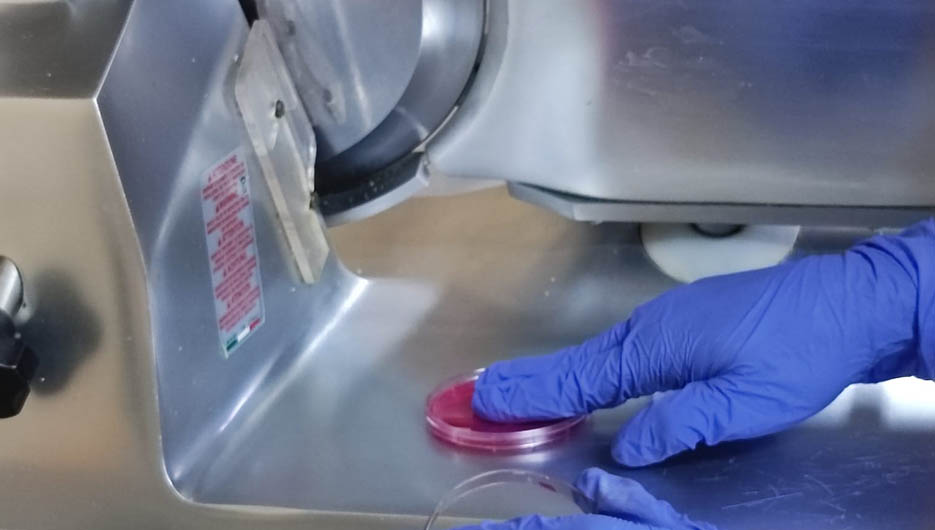
The bactericidal activity of an antimicrobial agent is determined by its ability to kill a certain number of micro-organisms within a set period of time. After this time, the culture medium with the neutraliser is used to inactivate any residual effect the antimicrobial agent may have on surviving cells. Without a neutraliser present in the culture medium, the microbial agent may inhibit the growth of viable micro-organisms.
In order to recommend a disinfectant or antiseptic for a particular use, products must be subjected to a series of suspension and surface tests under dirty and clean conditions. For this type of test, the European Committee for Standardisation (CEN/TC 216) developed the Standard UNE-EN 13697 “Quantitative non-porous surface test for the evaluation of bactericidal and/or fungal activity of chemical disinfectants used in foodstuffs in industry, in the home and in the community. Test method without mechanical action and requirements (phase 2/stage 2). For this standard, a disinfectant is considered effective if it is capable of reducing 4 log units in 5 minutes.


